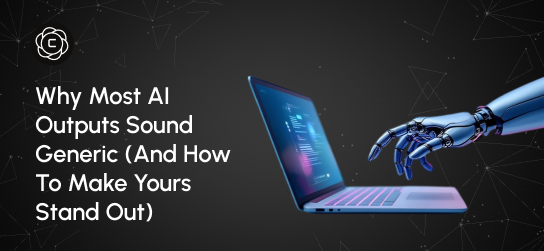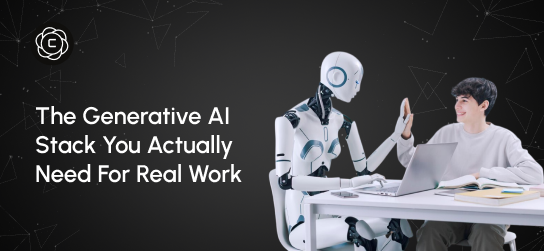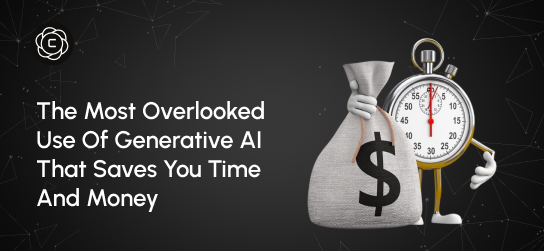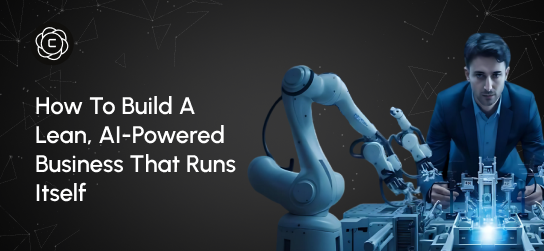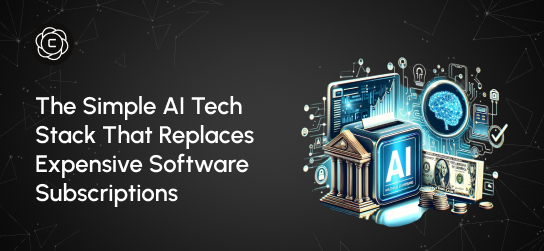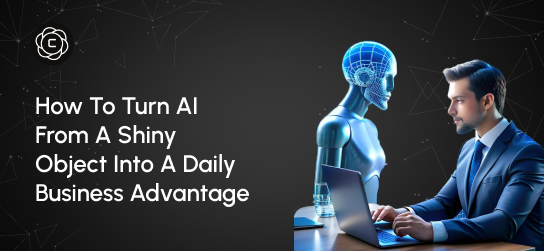Learning Center
Master AI creativity with our comprehensive guides, tutorials, and expert insights. From beginner basics to advanced techniques.
The Fastest Way to Automate Daily Tasks Using AI: A Strategic Implementation Guide
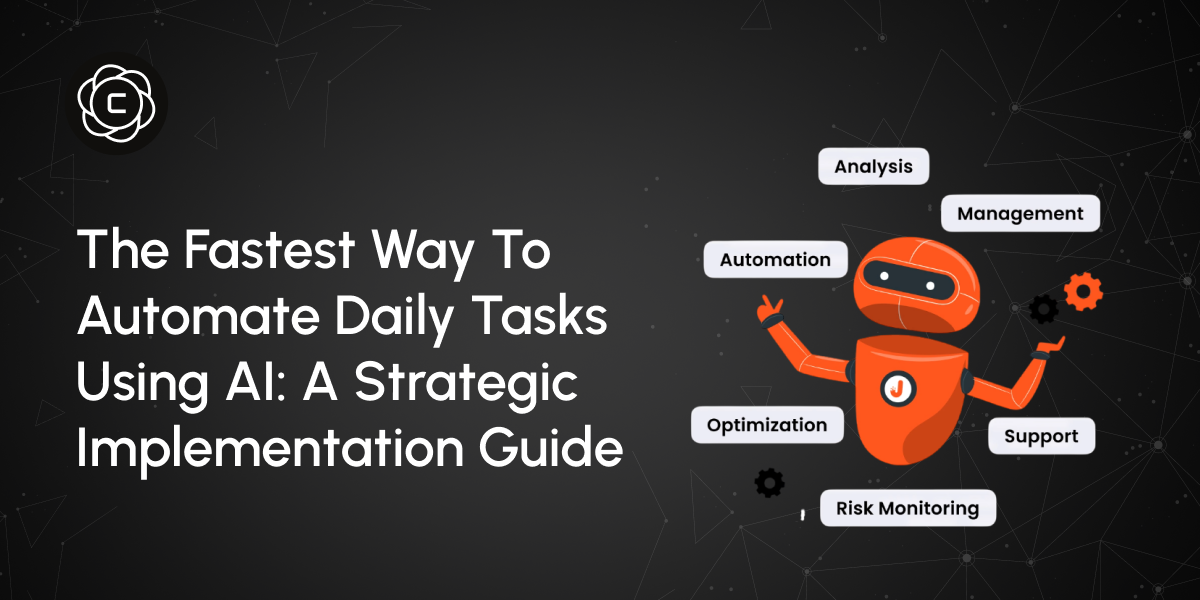
Introduction
Most knowledge workers waste nearly half their day on repeat work they shouldn’t be touching. Things like writing emails, logging data, planning calendars, or spinning up content, all still done by hand, even though AI can now handle them in seconds.
After automating dozens of these workflows, I’ve realized the shortcut isn’t about picking the best tool. It’s about mapping the right chain of tasks, then automating them in order.
Why Most People Get Automation Wrong
The usual mistake? Trying to automate everything at once. Big, tangled workflows. Too much, too soon. It backfires, the setup gets messy, momentum dies, and the project gets shelved.
The smarter path starts smaller. Look for tasks that are simple, frequent, and have clear outcomes. These are low-hanging wins that build trust in the process.
And once you nail one, the snowball starts. Each win clears space in your head and sharpens your instinct for what to automate next.
The 5-Day Automation Blueprint
Day 1: Tame Your Inbox
Start with email. Most replies don’t need deep thought, just structure, tone, and timing. AI can handle the bulk, turning a 15-minute reply into a 30-second scan and send. Tools like Crompt’s assistant show just how fast that shift can be.
Day 2: Delegate the Writing
Use AI to clean up rough notes and turn them into real content. Think meeting recaps, weekly updates, internal docs. Anything you’ve written a dozen times before? Offload it.
Day 3: Let Go of the Spreadsheets
Data work eats hours. Automate the sorting, formatting, and analysis. With the right setup, what used to be a grind becomes a one-click task.
Day 4: Research Without the Rabbit Holes
Have AI scan the noise and surface the signal. It’s faster, more focused, and doesn’t get distracted by clickbait. Great for market checks, competitor sweeps, and industry trends.
Day 5: Put Your Calendar to Work
AI can prep you for meetings, schedule around your energy, and make sure nothing slips through the cracks. Once this is in place, the rest of your systems get smarter, too.
High-Impact Places to Automate
Email, Reinvented
Most professionals burn 2–3 hours a day in their inbox. With AI, that drops to 20 minutes without losing tone or accuracy. Smart filters sort by urgency. Context-aware drafts keep your voice intact. Follow-ups stay on track without a second thought.
Documents, From Scratch to Sharp
Got a few bullet points? AI can turn them into polished proposals, reports, or slides in minutes. It nails the structure and flow, so you can stay focused on the strategy. Tools like Crompt’s Content Writer make this effortless.
Research Without the Time Sink
Digging through tabs to piece together insights is slow and scattered. AI can pull, parse, and synthesize full research sweeps in record time, whether it’s trends, competition, or technical knowledge. You get depth without the drag.
Data, Decoded
Spreadsheets don’t need you. AI reads patterns, builds visuals, and writes reports, all from raw data. Crompt’s Excel Analyzer is a perfect example, pulling insights while you move on to higher-level work.
Fast-Track Automation: A 4-Week Plan
Week 1: Build the Base
Pick three tasks you do every day. Start with the easiest one. Automate it. Get a quick win. This isn’t just about saving time, it’s about building trust in the process.
Week 2: Add Fuel
Tackle two more tasks. Look for ones that naturally connect to your first, where one handoff feeds the next. This creates flow, not just fragments.
Week 3: Link It Up
Now link the pieces. Automate the whole chain, from research to writing to delivery. That’s when you stop saving minutes and start saving whole days.
Week 4: Go Proactive
Bring in automation that thinks ahead. Let AI track deadlines, flag gaps, prep resources, and send the nudge before you even ask. That’s when it starts feeling like a real assistant.
Core Tools for Fast-Track Automation
Zapier + AI: The Connective Tissue
Zapier links your apps together. AI powers what happens in between. Together, they turn scattered tools into a single, automated workflow, no more manual back-and-forth.
Google Workspace + AI Add-ons
Use what you already know. With AI baked into Gmail, Docs, and Sheets, you can write faster, process emails automatically, and crunch numbers without touching a formula.
Microsoft 365 Copilot
If you're already in the Microsoft ecosystem, Copilot brings automation straight into your everyday tools; Word, Excel, PowerPoint, Outlook, no extra learning curve.
Specialized AI Tools
For niche needs, go deeper. Tools like Crompt’s Task Prioritizer offer precision where generic systems fall short, from smart planning to task execution.
Custom Workflows, Built for You
When off-the-shelf doesn’t cut it, tailor the system. Crompt’s Business Report Generator is one example, it builds full reports from scratch, shaped exactly to your business logic.
How to Break Through the Usual Roadblocks
Too Much, Too Soon
Don’t try to automate your whole life overnight. Pick one task. Master it. Then build from there. Going all-in on day one is the fastest way to stall out.
Worried About Quality? Good.
AI gets better with feedback. At first, you’ll need to tweak things; adjust the prompt, clean the output, make it yours. Over time, it learns. So do you.
Tools That Actually Fit
Skip the tools that want you to rebuild your whole system. Choose ones that slide into what you already use. Seamless beats shiny.
Getting Others On Board
Before you preach, prove. Show what automation did for you, the time it saved, the stress it cut. Real wins speak louder than strategy slides.
Next-Level Automation Moves
Conditional Logic That Thinks for You
Modern AI can now handle “if this, then that” without blinking. What used to need a human call, approvals, filters, decisions, now runs off rules you define once and never touch again.
Automation That Sees Ahead
AI can spot the pattern before you do. It preps the report before the request hits. Books the meeting before the bottleneck. Drafts the doc before the ask. It’s not just reactive, it’s anticipatory.
Seamless, Cross-Tool Flow
The real power? When tools talk to each other. Research flows into analysis, into writing, into delivery, all without a handoff. It feels like magic, but it’s just smart setup.
How to Know It’s Working
Don’t just guess. Track the shifts that matter:
Time Saved: How many hours did you buy back this week?
Fewer Mistakes: Are the small errors disappearing from your daily flow?
Faster Responses: Are emails, updates, and reports going out quicker?
More Focus Time: Are you spending less energy on grunt work, more on what actually moves the needle?
Lower Stress: Do your days feel lighter, smoother, more under control?
Consistent Quality: Are your outputs tighter, sharper, more uniform, even on autopilot?
The numbers tell the story. But the feeling tells the truth.
The Compound Effect of Automation
At first, it's just time saved. But the real win shows up later, when your mind is free enough to think deeply, plan clearly, and actually build something that matters.
When the small stuff runs itself, the big stuff gets room to breathe.
People who get good at this don’t just work faster. They work smarter. They’re less stressed. More focused. More fulfilled. And they rise because they spend their time where it counts.
Scaling It Beyond You
Once it works for you, it’s time to share.
Document what you did. Show the results. Introduce it one workflow at a time. When automation becomes a shared language, the whole team levels up.
The best teams don’t start from scratch every time. They build libraries, a growing bank of tested workflows anyone can plug into and use on day one.
That’s when automation stops being a tool and becomes a culture.
Future-Proofing Your Automation Mindset
AI evolves faster than most people can keep up. New tools drop every month. But you don’t need to chase them all.
Instead, build habits that keep you learning. Focus on the principles, how automation works, how tasks connect, how decisions get made. Tools will change. Core thinking won't.
Your edge won’t come from memorizing software. It’ll come from seeing patterns others miss and having the reps to turn that insight into action.
Taking Action Today
Look at your day. Pick one task you repeated. Find a tool that can handle 80% of it. Set it up tomorrow. Clock the time it saves.
That’s how it starts, not with a perfect system, but with a single step.
The future belongs to people who stop reacting and start designing. Who trade burnout for leverage. Who turn busywork into blueprints.
Your transformation starts with the next task you choose to offload.
Table of Content
- Introduction
- Why Most People Get Automation Wrong
- The 5-Day Automation Blueprint
- High-Impact Places to Automate
- Fast-Track Automation: A 4-Week Plan
- Core Tools for Fast-Track Automation
- How to Break Through the Usual Roadblocks
- Next-Level Automation Moves
- How to Know It’s Working
- The Compound Effect of Automation
- Scaling It Beyond You
- Future-Proofing
- Your Automation Mindset
- Taking Action Today
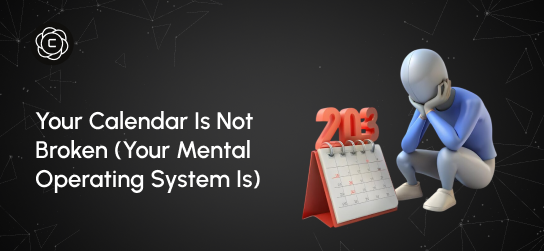
Your Calendar Is Not Broken (Your Mental Operating System Is)
Last month, I watched a founder spend three hours reorganizing his calendar app for the fourth time this year. Different colors, new categories, smarter blocking strategies. By week two, he was back to the same chaotic pattern: overcommitted, constantly running late, and feeling like his day controlled him instead of the other way around. The problem wasn't his calendar. It was the mental operating system running underneath it. Calendar issues aren’t about tools; they’re about how you think about time. They download new apps, try productivity methods, and wonder why nothing sticks. Meanwhile, the real issue sits in how their brain processes time, priorities, and commitments.
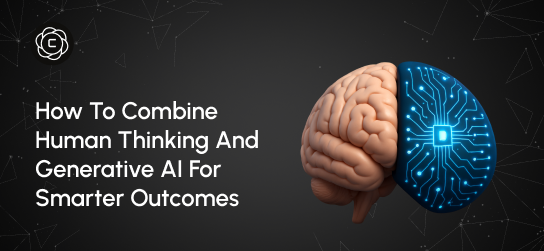
How to Combine Human Thinking and Generative AI for Smarter Outcomes
Last Tuesday, I watched two product managers go head-to-head on the same challenge. Same tools. Same data. Same deadline. But the way they used AI couldn’t have been more different and the results made that difference unmistakable. One delivered a generic solution, familiar and easily replicated. The other crafted a proposal that felt thoughtful, grounded, and strategically distinct. Their CEO approved it for implementation within minutes. The gap wasn’t technical skill or AI proficiency. It was their thinking architecture, the way they framed the problem, used AI to explore, and layered in human context to guide the output.
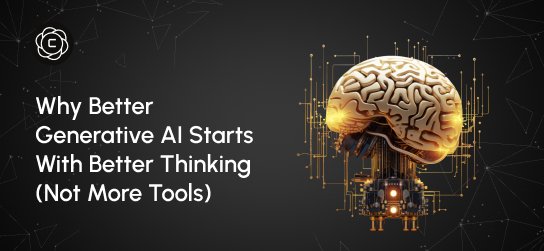
Why Better Generative AI Starts With Better Thinking (Not More Tools)
Four months ago, I watched a marketing director spend $400 on AI subscriptions only to produce the same mediocre content she'd always created. Her problem wasn't the tools. It was her approach. This scenario plays out everywhere. Professionals accumulate AI subscriptions like digital trophies, believing more tools equal better results. They're missing the fundamental truth: generative AI amplifies your thinking, not replaces it. The best AI users I know don't have the most tools. They have the clearest thinking processes.
Stay Updated
Get the latest AI insights, tutorials, and feature updates delivered to your inbox.
